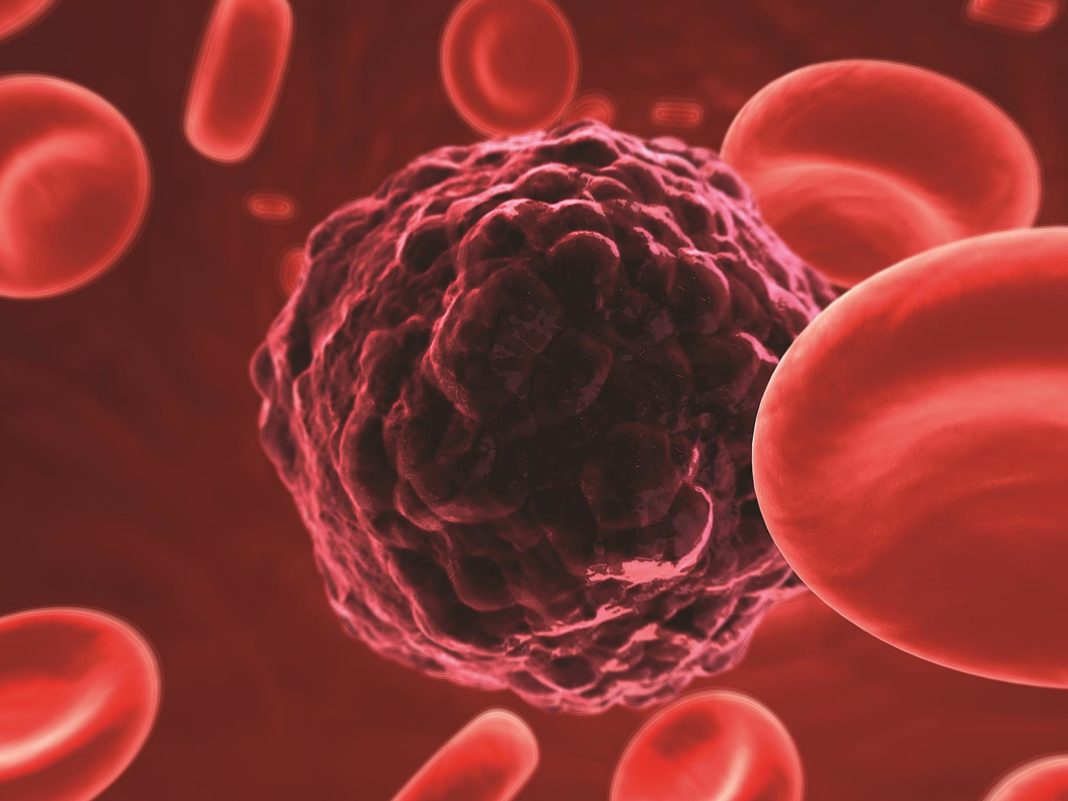There are many differences that help us distinguish healthy cells from cancerous cells—from shape to growth to signaling. Another way is by their pH. The pH in a cancerous cell is not the same as the pH within a healthy cell. Previous studies have reported that the acidic environment helps tumor cells produce proteins that make them more aggressive. Now researchers from the National University of Singapore have developed a method of using machine learning to determine whether a single cell is cancerous by detecting its pH.
Their findings were published in the journal APL Bioengineering in a paper titled, “Machine learning-based approach to pH imaging and classification of single cancer cells.”
“The ability to identify different cell populations in a noninvasive manner and without the use of fluorescence labeling remains an important goal in biomedical research,” wrote the researchers. “Various techniques have been developed over the last decade, which mainly rely on fluorescent probes or nanoparticles. On the other hand, their applications to single-cell studies have been limited by the lengthy preparation and labeling protocols….”
“The ability to identify single cells has acquired a paramount importance in the field of precision and personalized medicine,” explained Chwee Teck Lim, PhD, professor at the department of biomedical engineering and director of the Institute for Health Innovation and Technology at the National University of Singapore and one of the article’s authors. “This is because it is the only way to account for the inherent heterogeneity associated with any biological specimen.”
The new method consists of treating the cells with bromothymol blue, a pH-sensitive dye that changes color depending on how acidic a solution is. Because a cancerous cell has a different pH than normal cells, bromothymol blue will result in a different color compared to a normal cell.
“Our method allowed us to classify single cells of various human tissues, both normal and cancerous, by focusing solely on the inherent acidity levels that each cell type tends to exhibit, and using simple and inexpensive equipment,” Lim said.
“One potential application of this technique would be in liquid biopsy, where tumor cells that escaped from the primary tumor can be isolated in a minimally invasive fashion from bodily fluids,” Lim added.
The researchers are looking forward to advancing the concept further to try to detect different stages of malignancies from the cells.
“This simple method opens up the potential to perform rapid noninvasive identification of living cancer cells for early cancer diagnosis and further downstream analyses,” concluded the researchers.






